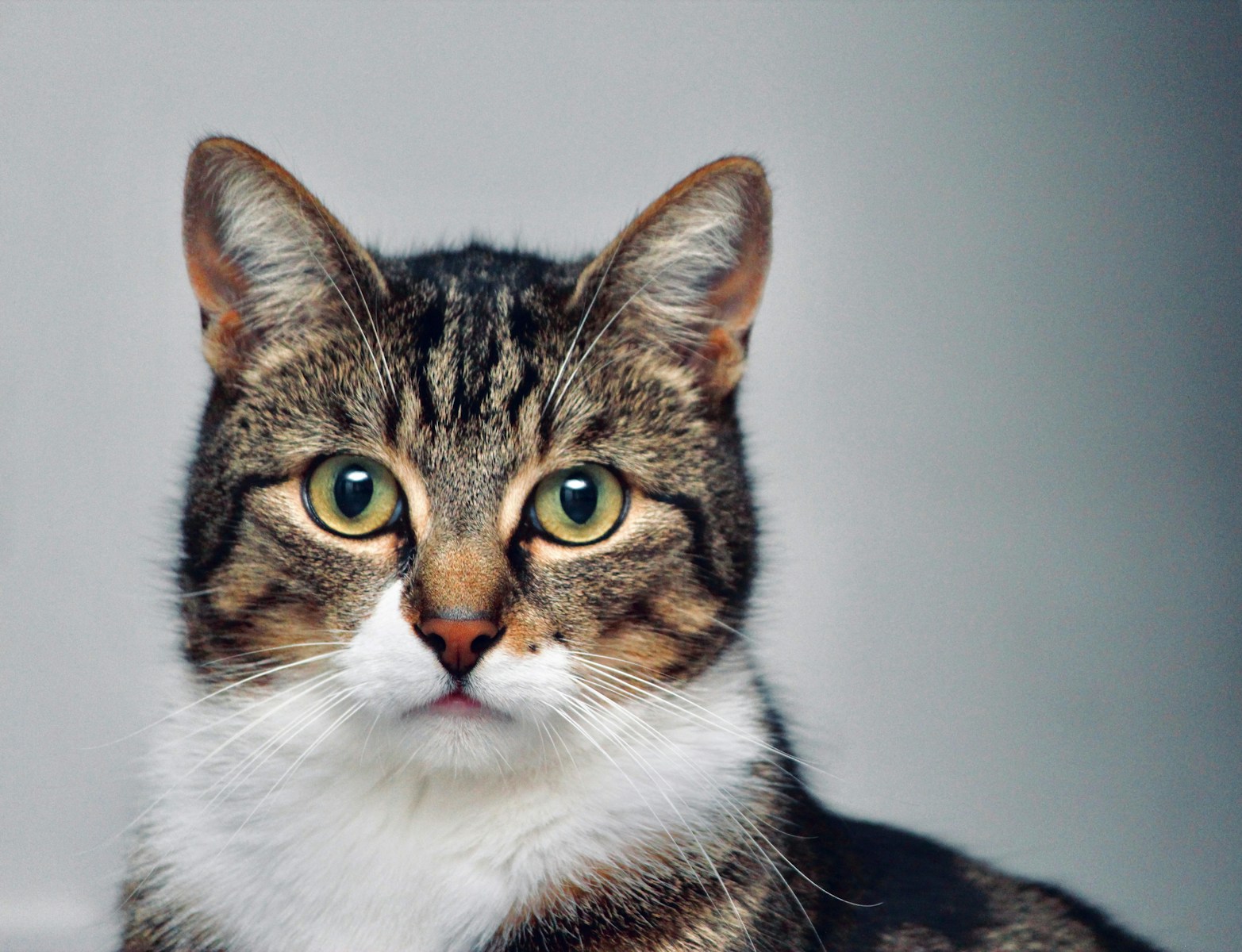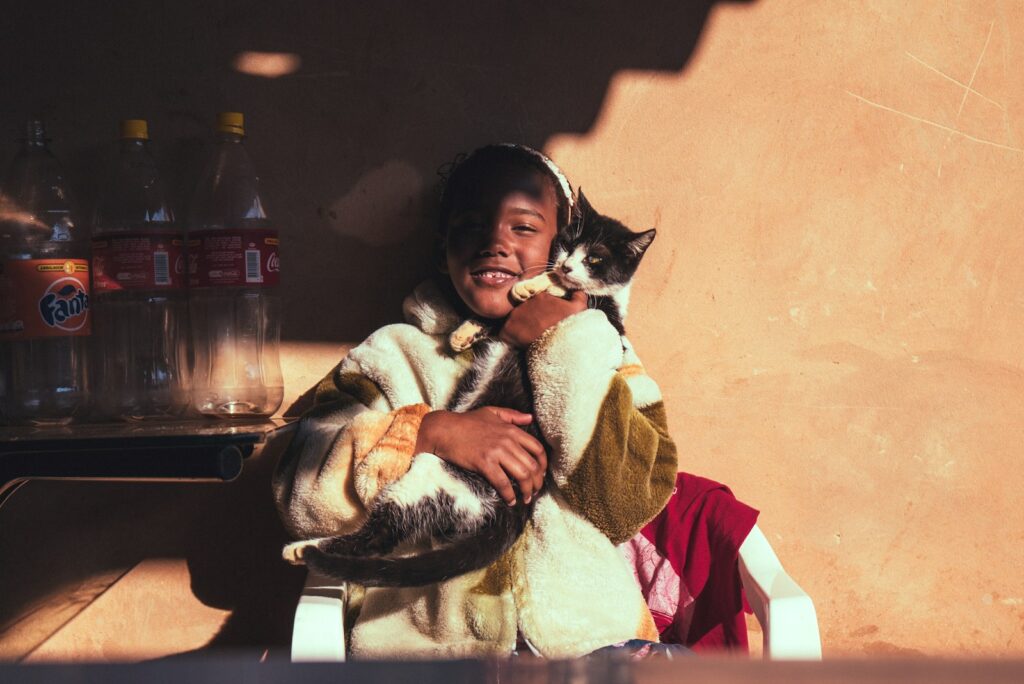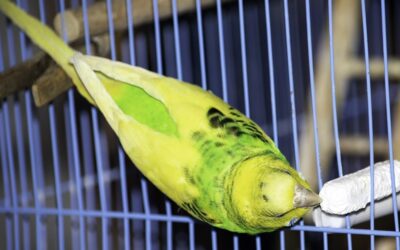Do you know signs your cat is accepting the new kitten?
Introducing a new kitten to your resident cat can be both exciting and nerve-wracking. Understanding cat behavior is crucial as cats are creatures of habit and territorial by nature, so it’s no surprise they may be cautious about sharing their space with another feline. However, with the right preparation and careful observation, you can identify signs indicating that your cat is warming up to the new addition to your feline family.
This guide will walk you through the process of introducing cats, managing their interactions, and recognizing signs your cat is accepting the new kitten. You’ll also find tips on fostering a positive relationship between your current cat and the new kitten.

Preparing for a Smooth Introduction
Before you introduce cats to each other, it’s essential to set the stage for a stress-free encounter. Proper preparation can prevent conflicts and make it easier for your cats to bond naturally.
Pre-Introduction Preparation
- Health Check: Ensure both the resident cat and the new kitten are up to date with vaccinations, worming, and parasite control. A clean bill of health helps minimize risks as they come into contact with one another.
- Create Separate Spaces: Designate a separate room for your new kitty with its own litter box, food bowl, toys, and a cozy bed. This gives the kitten a safe space to adjust to their new environment while your current cat retains their usual resources.
- Assess Energy Levels: Consider the kitten’s age and energy level. A younger cat may be more energetic and playful, which could overwhelm an older, more reserved resident cat. Matching their personalities can make the process smoother.
- Stable Environment for the Resident Cat: Ensure your resident cat feels comfortable in their own space by maintaining familiar feeding areas, litter boxes, and scratching posts.
By prepping in advance, you set a positive tone for the introduction process.
Initial Health Check
Before introducing a new cat to your household, it’s essential to ensure both cats are in good health. A clean bill of health will help both cats handle the introduction better and minimize health risks. Schedule a veterinary check-up for both cats to ensure they are up-to-date on vaccinations, worming, and parasite control. This includes:
- Vaccinations: Make sure both cats have received all necessary vaccinations to prevent the spread of diseases.
- Worming: Regular worming treatments will help prevent the transmission of parasites between cats.
- Parasite Control: Ensure both cats are free from external parasites such as fleas, ticks, and mites.
- Regular Check-ups: Schedule regular check-ups with a veterinarian to monitor the health of both cats and address any potential issues early on.
By ensuring your new cat and resident cat are in optimal health, you set the stage for a smoother and safer introduction process. A healthy start can make all the difference in fostering a positive relationship between your feline friends.
Resident Cat’s Environment
When introducing a new cat to your household, it’s crucial to consider the resident cat’s environment and make necessary adjustments to ensure a smooth transition. This includes:
- Maintaining a Familiar Environment: Keep the resident cat’s environment as familiar as possible to reduce stress and anxiety. Avoid making significant changes to their surroundings during the introduction process.
- Providing Separate Resources: Ensure the resident cat has separate food and water bowls, litter boxes, and scratching posts to reduce competition and stress. This helps each cat feel secure in their own space.
- Increasing Vertical Space: Provide cat trees or shelves to increase vertical space and give the resident cat a sense of security and control. Cats love to perch up high, and this can help them feel more comfortable.
- Minimizing Changes: Avoid making significant changes to the resident cat’s environment, such as rearranging furniture or introducing new pets, during the introduction process. Stability is key to reducing anxiety.
By considering the resident cat’s environment and making necessary adjustments, you can help reduce stress and anxiety and create a positive environment for the introduction of the new cat. This thoughtful approach will pave the way for a harmonious relationship between your feline friends.

Gradual Process for Introducing Cats
Rushing the introduction of new cats can lead to stress and potential conflict. Introducing cats gradually helps them adjust to each other’s presence without feeling threatened.
Stage 1: Scent Introduction
Cats rely heavily on scent to recognize each other. Start by swapping bedding or toys between the two cats. This allows them to familiarize themselves with each other’s scent without directly interacting. This step helps in building familiarity and comfort, making it easier for your resident cat to accept the new kitten as a feline friend.
Stage 2: Controlled Visual Contact
Use a safe barrier like a baby gate to allow the cats to see each other while keeping them physically separated. Watch how both cats react to seeing the other cat. If they appear calm and curious, it’s a good sign. Avoid face-to-face interactions at this stage if either cat shows warning signs like hissing or aggressive behavior.
Stage 3: Short Face-to-Face Meetings
Once both cats seem relaxed during scent and visual introductions, allow them to meet face-to-face. Supervise these interactions closely and keep them brief. Use distractions like toys or treats to create positive associations.
Repeat these steps over several weeks, gradually increasing the time the cats spend together. If you have an older cat, be especially mindful of their reactions and give them extra time to adjust if needed.

7 Positive Signs of Acceptance
How do you know when your resident cat has accepted the new kitten? Look for these signs when introducing cats to indicate friendship and trust:
1. Relaxed Body Language
- Ears are upright, tails are calm, and posture is loose rather than stiff.
- Slow blinking at each other is a sign of trust and relaxation.
2. Mutual Grooming
When cats groom each other, it’s a clear indication of trust and affection. Mutual grooming suggests that your resident cat has accepted the new kitten as part of their “family.”
3. Playful Interactions
When the cats engage in harmless fun, like chasing, pouncing, or batting at toys together, it’s a sign they are bonding. Remember, some play may mimic hunting or fighting behavior, so monitor to ensure it stays friendly.
4. Shared Spaces
Sharing resources like cat trees, cat food bowls, or sleeping areas shows your resident cat is feeling at ease with the new kitten in their space.
5. Close Sleeping Arrangements
Cats that sleep near each other—or even cuddle—signify a deep level of trust. This is one of the strongest indicators of a positive relationship.
6. Vocal Communication
Positive vocalizations, like chirping or trilling, suggest that your cat is communicating in a friendly manner with the kitten. Purring in proximity to the new kitty is also a sign of contentment.
7. No Aggressive Behavior
Perhaps the simplest but most crucial sign is the absence of warning signs, such as growling, hissing, or swatting. If both cats coexist peacefully, it’s a good indication they accept each other.
Encouraging Acceptance and Managing Conflict
Even with preparation, conflicts may arise—especially in the early days. Here are tips to encourage harmony and prevent issues: If you see warning signs when introducing, such as aggressive behavior or prolonged stress, consult a veterinarian or pet behaviorist for advice.
Provide Separate Resources
Ensure your cats don’t feel the need to compete by offering multiple resources, such as:
- Individual food bowls, ensuring each cat has their own space to eat without stress from other cats.
- Separate litter boxes for both cats (a good rule of thumb is one litter box for each cat, plus one extra).
- Cat trees, scratching posts, or hiding spots to give the cats a place to retreat if they feel overwhelmed.
Reward Positive Behavior
Use positive reinforcement to reward calm and friendly behavior. Treats, toys, or verbal praise can help create positive associations with the new kitten.
Monitor Interactions
Keep an eye on their body language and interactions. Be ready to separate the cats temporarily if a negative interaction occurs. Take it slow; sometimes, all the cats need is a bit more time.
Use Tools to Distract Cats
Interactive toys like a fishing rod toy can engage both cats in harmless play, helping them bond and reducing tension.

Building a Happy Feline Family
Introducing cats to one another takes patience, but creating a harmonious environment for your feline companions is worth the effort. By following the introduction process and observing signs of a growing bond, you can ensure your cats develop a positive relationship.
Remember, every cat has its own unique personality—what works for one may not work for another. If you see warning signs like aggressive behavior or prolonged stress, consult a veterinarian or pet behaviorist for advice.
Welcoming a new feline family member can be an exciting and fulfilling experience for you and your cats. With time and care, your home will become a haven for your newest companions.

Kate’s K9 Pet Care | Signs Your Cat Is Accepting The New Kitten
Kate’s K9 Pet Care is here to support pet owners with a range of professional services tailored to meet the needs of your furry family members. While specializing in dogs, Kate’s K9 Pet Care also offers valuable resources and guidance for multi-pet households, including those with cats.
Whether you need dog walking, pet sitting, or expert advice on introducing new pets to your home, their team is dedicated to ensuring your animals feel safe, happy, and well-cared for. Trust Kate’s K9 Pet Care to help create a loving and harmonious environment for all your pets.






